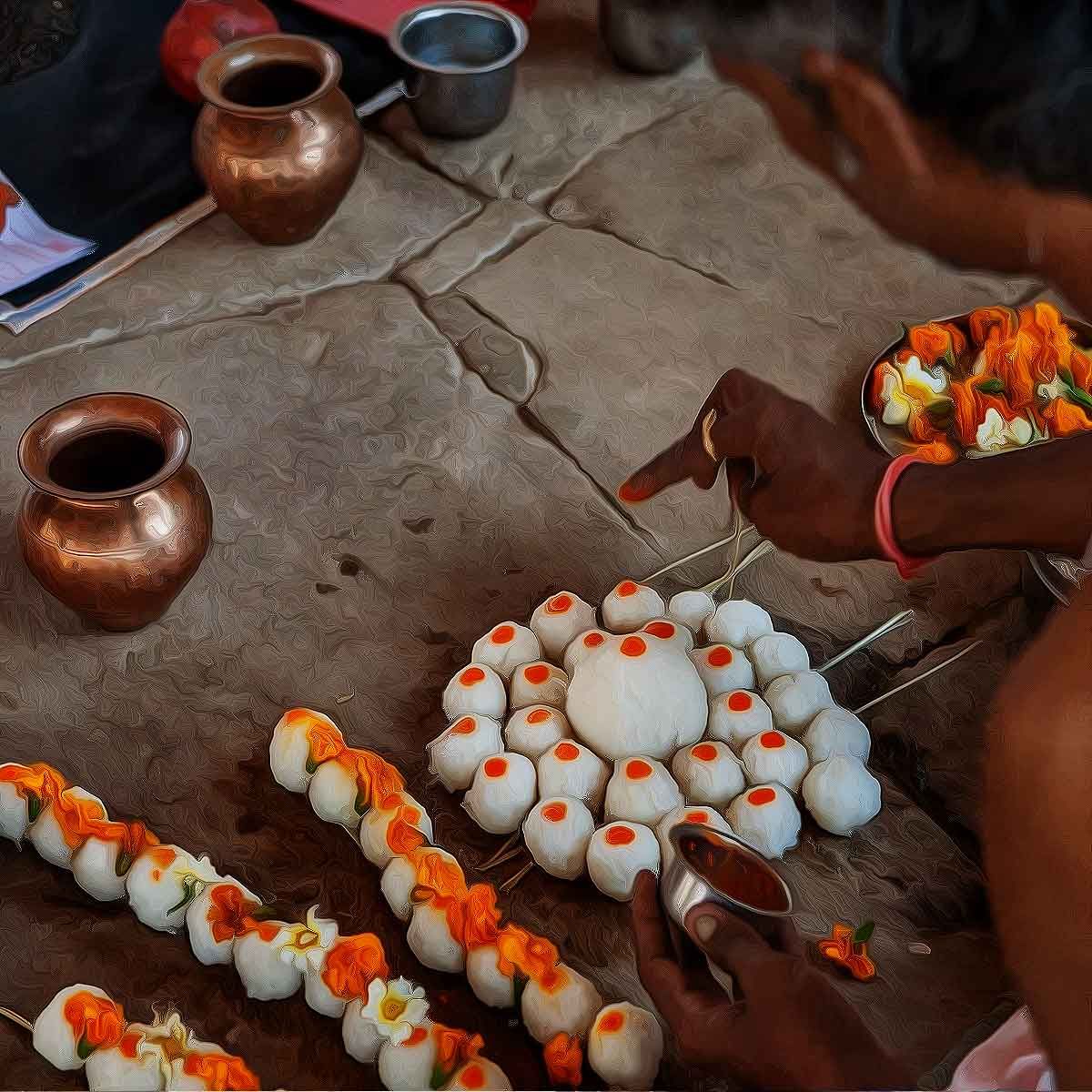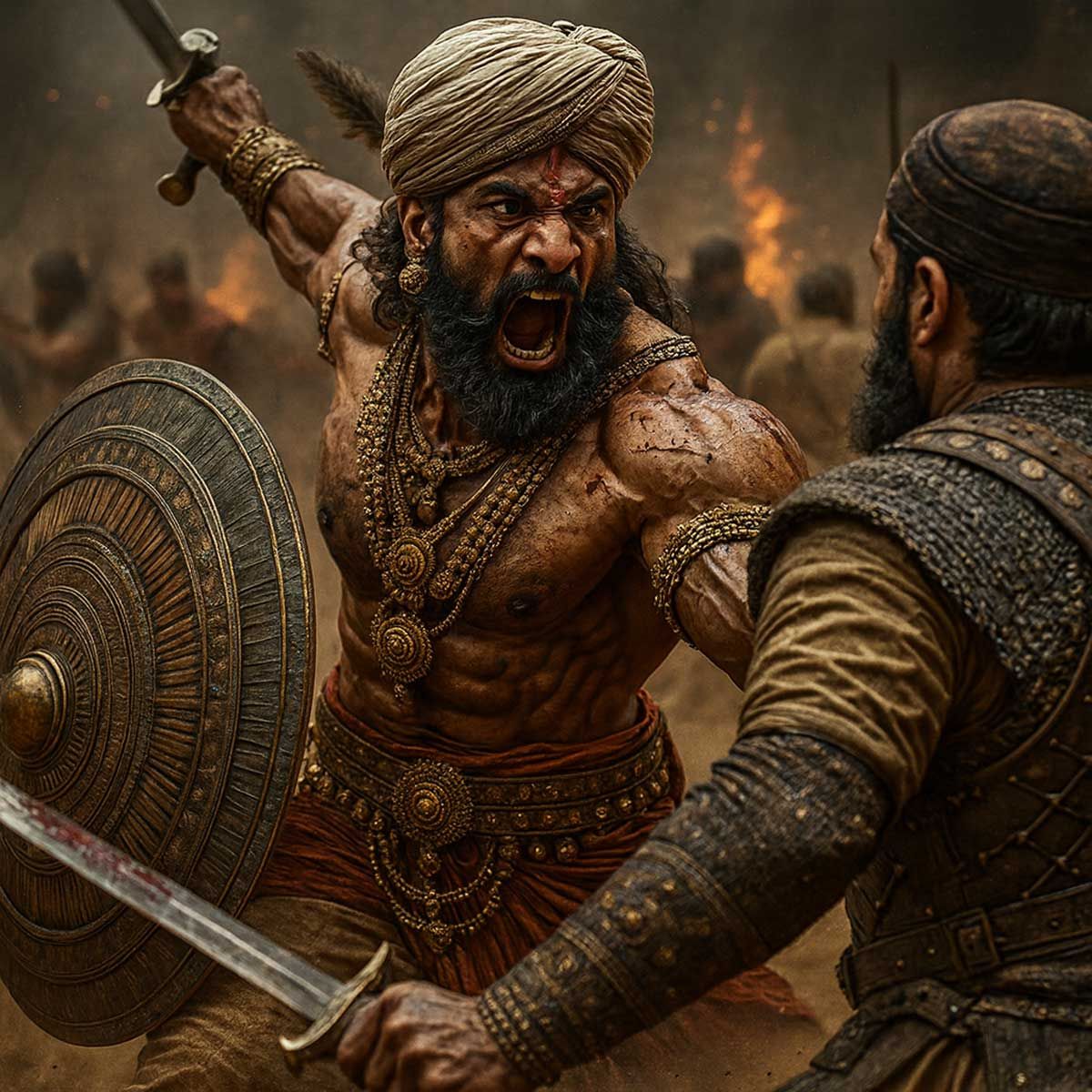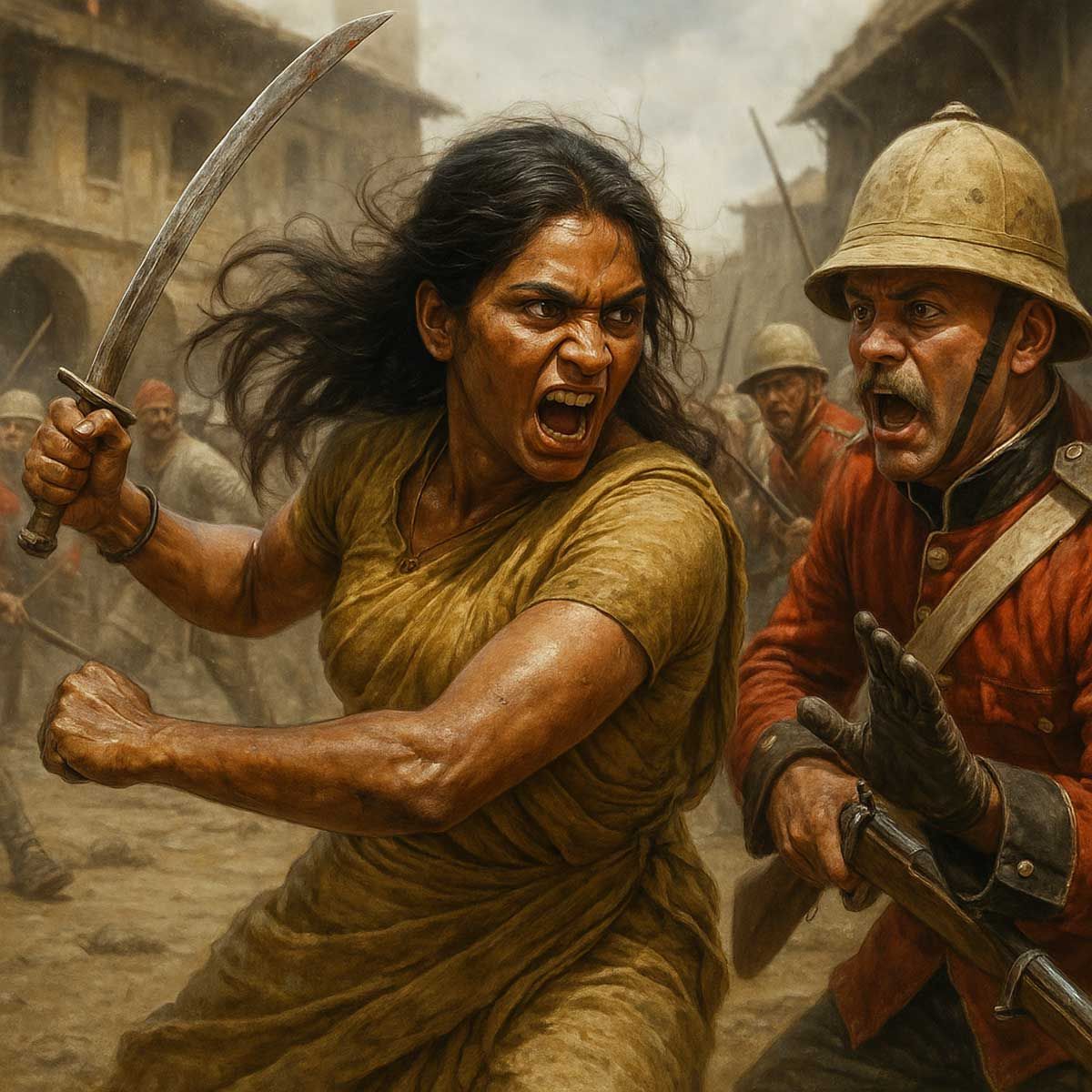More Coverage
Twitter Coverage
Satyaagrah
Written on
Satyaagrah
Written on
Satyaagrah
Written on
Satyaagrah
Written on
Satyaagrah
Written on
Join Satyaagrah Social Media
"पितृ पक्ष": Amidst the chaos of modernity, the timeless ritual of ancestor worship stands firm, bridging the past & present, not mere tradition; its the soul's whisper, echoing gratitude & seeking blessings from those who once tread the paths we now walk

The profound concept of ancestor veneration might elude some, especially those who've cultivated a more individualized belief system around the divine. At first glance, elevating one's ancestors to the divine may seem steeped in superstition. Can mere mortals truly stand shoulder to shoulder with sacred divinities? The answer isn't a simple yes or no but demands a more nuanced exploration into the profound philosophies and rich histories that birthed such traditions.
|
At its core, venerating ancestors isn't merely an act of worship. Instead, it's an intricate tapestry that weaves familial bonds, preserving traditions that have weathered the test of time. This practice doesn't just underscore the sanctity of family but also ensures the perpetuity of familial legacies. Particularly in numerous Asian traditions, ancestors aren't merely figures of the past. They are very much an integral part of the present, guiding families with their wisdom, playing pivotal roles in critical decisions, and connecting us to our roots. This connection offers not just a bridge to our lineage but shapes our understanding of ourselves, grounding us in our cultural heritage and offering a compass to navigate our place in the vast universe.
But where does one draw the line? When does an ancestor transform from being a revered forefather or "pitr" in Sanskrit, to attaining divinity? The answers are diverse and deeply rooted in various traditions. A prominent example is Huangdi, the Yellow Emperor, a figure deeply etched in Han Chinese history. Huangdi stands as a beacon, both as the founding father of the Chinese dynasties and a god, omnipresent in the cosmic realm.
Diving into global religious practices, one would find ancestral worship deeply ingrained in many Asian faiths, ranging from Confucianism and Taoism to Shintoism and Buddhism. This reverence isn't just limited to Asia. Countries and cultures, be it India, China, Indonesia, Japan, Ancient Egypt, or even the colossal Roman Empire, have crafted unique traditions around ancestor veneration. They understood the significance of paying tribute, not just to divinities but to those mortals whose deeds resonated through the annals of history, ensuring that their legacies lived on, generation after generation.
India, a land of vast cultures and profound traditions, offers a unique tapestry of religious beliefs that sometimes seamlessly interweave the mortal and the divine. In the heart of many Indian villages, one would find the 'gram devatas' or village deities. They stand as both symbols and protectors, sometimes representing natural phenomena, and at other times echoing the stories of historical figures that once walked this earth. While skeptics might debate the mystical prowess attributed to these figures, to their followers, their sacredness is an undeniable truth.
This deep-seated belief in ancestral worship and veneration doesn't bind itself to geographical borders or religious sects in India. It is a tradition embraced by Hindus, Jains, Buddhists, and more. While rituals and practices might vary, shifting from the Himalayan foothills to the southern temples, the underlying ethos remains unwavering — the solemn respect and honor bestowed upon ancestors.
|
The true essence of devotion, however, lies not in scriptures or grand tales but in the undying faith of the believers. To a devoted heart, the distinction between a deity from ancient scriptures and a village guardian blurs. In their eyes, both command reverence. Take, for instance, Maharaja Agrasen, revered as the 'kula devata' or the clan progenitor by the Agrawal community. Then there's Jhulelal, a figure who transcends mere reverence to become a unifying symbol for Sindhi Hindus. And in the vibrant lanes of Madurai, the whispers of Maduraiveeraswami's deeds echo, celebrating him as the guardian deity of the city.
Each of these revered figures shares a unique trait—they once were mortals, whose exceptional deeds, tenacity, and alleged mystical powers elevated them to the divine realm. They stand as a testament to the belief that divinity isn't just the realm of the gods but can be attained by mortals whose actions resonate with love, sacrifice, and a deeper spiritual purpose.
India, with its tapestry of rituals, myths, and traditions, has woven ancestor worship into the very fabric of its cultural ethos. The time-honored practice of venerating one's ancestors has deep roots in the Indian subcontinent, and one cannot discuss it without invoking the solemnity of "pitru paksha". This 16-day observance, laden with spiritual significance, holds a mirror to the symbiotic relationship between the living and those who have passed on.
Pitra Paksha is more than just a period of homage; it signifies a cosmic event. During these days, Hindus ardently believe that the veils separating the realms thin out, permitting the spirits of the ancestors to temporarily dwell among the living. This poignant reunion is marked by rituals and offerings, primarily of food, ensuring the departed souls are well-nourished during their brief sojourn. The foundational belief is that by nourishing the souls, they inch closer to attaining moksha - the ultimate liberation from the cycle of birth and death. And as these contented souls retreat, they leave behind blessings of prosperity and joy, a testament to the unbroken bond that death cannot sever.
However, the ebbing of Pitra Paksha brings forth another tide, that of Devi Paksha, heralding the mighty presence of Adi Shakti. With the descent of the celestial mother, the air becomes thick with celebration, joy, and reverence. As the essence of the divine permeates the atmosphere, believers recount tales of triumphs of the righteous over malevolence, drawing parallels with similar festivities in other cultures.
|
The Balinese Hindus, for instance, resonate with the same fervor during their Galungan festival. It celebrates the veneration of ancestral spirits and culminates with Kuningan, a day that honors the victory of Deva Indra over the tyrannical rule of Mayadanava. This ebb and flow of spiritual festivities - from the quietude of Pitra Paksha to the jubilation of Devi Paksha or the transition from Galungan to Kuningan - narrate a story of balance, of the mortal and the divine, of the past and the present, and most importantly, of reverence and redemption.
This shared reverence for ancestors and the cross-cultural influence of festivals is a testament to the deep interconnectedness of the cultures within the extended Indosphere. Throughout the region's history, the exchange of ideas, beliefs, and practices has shaped a vibrant tapestry of celebrations that bridge various traditions.
While the festivals you mentioned, such as Pchum Ben in Cambodia, Sat Thai in Thailand, Yulanpen in China, Obon in Japan, and Baekjung in Korea, may have different names and variations in customs, the underlying principles of paying homage to ancestors and upholding filial piety are common threads that tie them together. The diffusion of these practices, often carried through the dissemination of Buddhism and other cultural exchanges, demonstrates how the values rooted in Indian traditions have permeated and enriched the cultural landscape of these regions.
Indeed, the notion of divinity attributed to ancestors varies across cultures and time periods. In some instances, an ancestor might be regarded as a divine figure due to widespread veneration and the belief in their continued influence. This showcases the dynamic nature of cultural evolution and how societies adapt and integrate new elements into their existing belief systems.
Your observation about the coexistence of reverence for celestial deities and ancestors is insightful. In many belief systems, the boundaries between the divine and the ancestral are not rigid, and there's a recognition that both realms contribute to the well-being and continuity of the living. This holistic perspective highlights the intricate relationships that shape cultural practices and the multifaceted ways in which individuals and communities express their spirituality.
As we explore these cultural intersections and the exchange of ideas, it's important to recognize the agency of each culture in interpreting and adapting shared practices. The result is a mosaic of celebrations that celebrate the past, connect generations, and contribute to the rich diversity of the extended Indosphere.
 Support Us
Support Us
Satyagraha was born from the heart of our land, with an undying aim to unveil the true essence of Bharat. It seeks to illuminate the hidden tales of our valiant freedom fighters and the rich chronicles that haven't yet sung their complete melody in the mainstream.
While platforms like NDTV and 'The Wire' effortlessly garner funds under the banner of safeguarding democracy, we at Satyagraha walk a different path. Our strength and resonance come from you. In this journey to weave a stronger Bharat, every little contribution amplifies our voice. Let's come together, contribute as you can, and champion the true spirit of our nation.
 |  |  |
| ICICI Bank of Satyaagrah | Razorpay Bank of Satyaagrah | PayPal Bank of Satyaagrah - For International Payments |
If all above doesn't work, then try the LINK below:
Please share the article on other platforms
DISCLAIMER: The author is solely responsible for the views expressed in this article. The author carries the responsibility for citing and/or licensing of images utilized within the text. The website also frequently uses non-commercial images for representational purposes only in line with the article. We are not responsible for the authenticity of such images. If some images have a copyright issue, we request the person/entity to contact us at This email address is being protected from spambots. You need JavaScript enabled to view it. and we will take the necessary actions to resolve the issue.
Related Articles
- Paramahansa Yogananda: Spiritual journey of a saint who was known as The Father of Yoga in the West
- PM Narendra Modi inaugurated the Statue of Equality of Sri Ramanujacharya and emphasized 'Progressiveness does not mean detaching from one’s roots and that there is no conflict between progressiveness and antiquity.'
- United Hindus hoist a 108 feet tall saffron flag at same place where Islamists had uprooted flag earlier: Kawardha, Chhattisgarh
- Tirot Singh: An Unsung Hero of the Khasi Tribe who destroyed British with his skill at Guerrilla Warfare
- The forgotten temple village of Bharat: Maluti
- Unsung Heroine Pritilata Waddedar, Who Shook The British Raj at the age of 21
- Birsa Munda: The tribal folk hero who was God to his people by the age of 25
- 21-yr-old girl Bina Das shot Bengal Governor in her convocation programme at Calcutta University, got Padma Shri but died in penury
- Mangaluru Kambala: Reinstating Traditions One Race At A Time
- A Different 9/11: How Vivekananda Won Americans’ Hearts and Minds
- Dangers of losing our identity: Guru Tegh Bahadur forgotten and Aurangzeb being glorified
- Now Bharatwasi can see 3D visualization of Ram Mandir construction progress in detail through a video released by Shri Ram Janmabhoomi Teerth Kshetra Trust: Ayodhya
- Sidhi baat, no bakwaas: ‘India belongs to Hindus, Hindus from anywhere in world can come here when they feel unsafe’
- "From the heart of Himachal, gratitude emerges": After decades of waiting, Himachal’s Hatti community revels in tribal recognition, sending gratitude to PM Modi, a testament to their unwavering spirit and the mountains of Sirmaur that stood witness
- A new symbol of Hindutva pride, Shri Kashi Vishwanath Temple Corridor
























